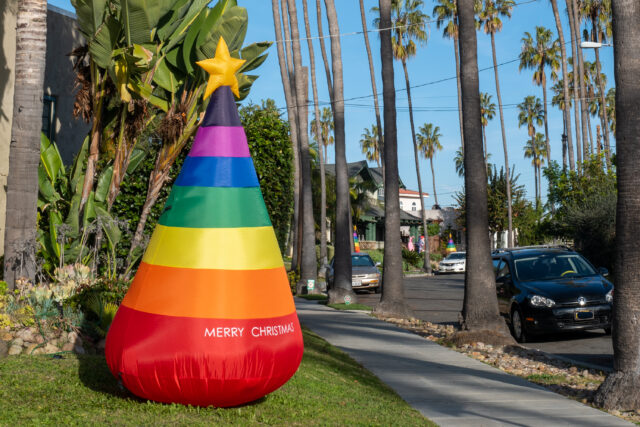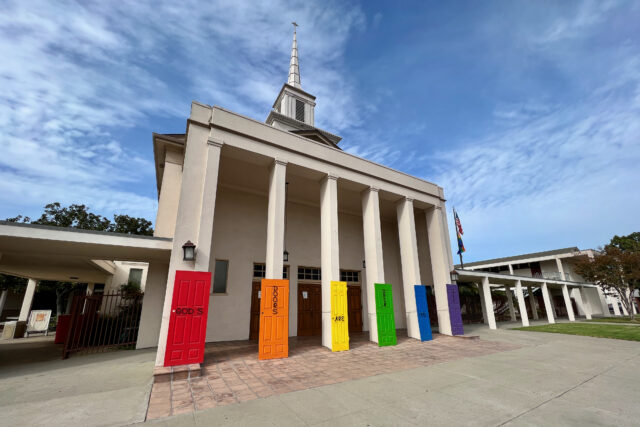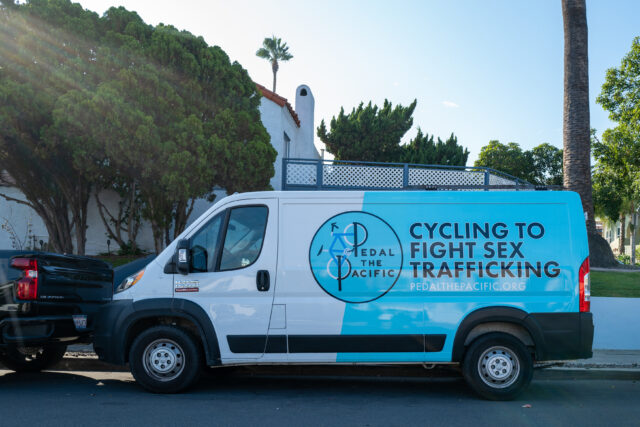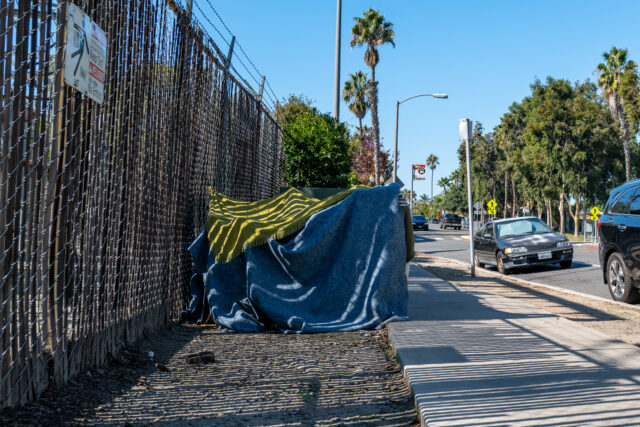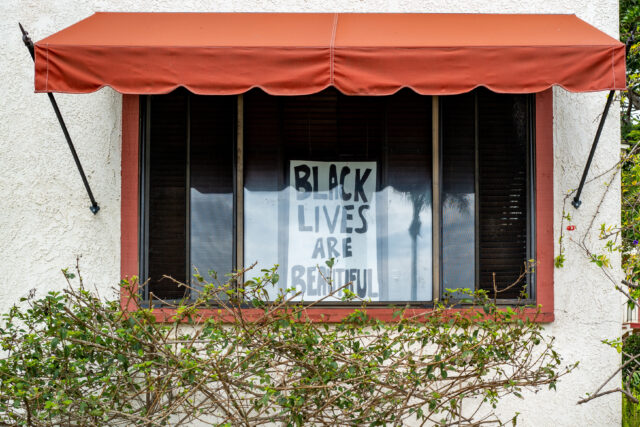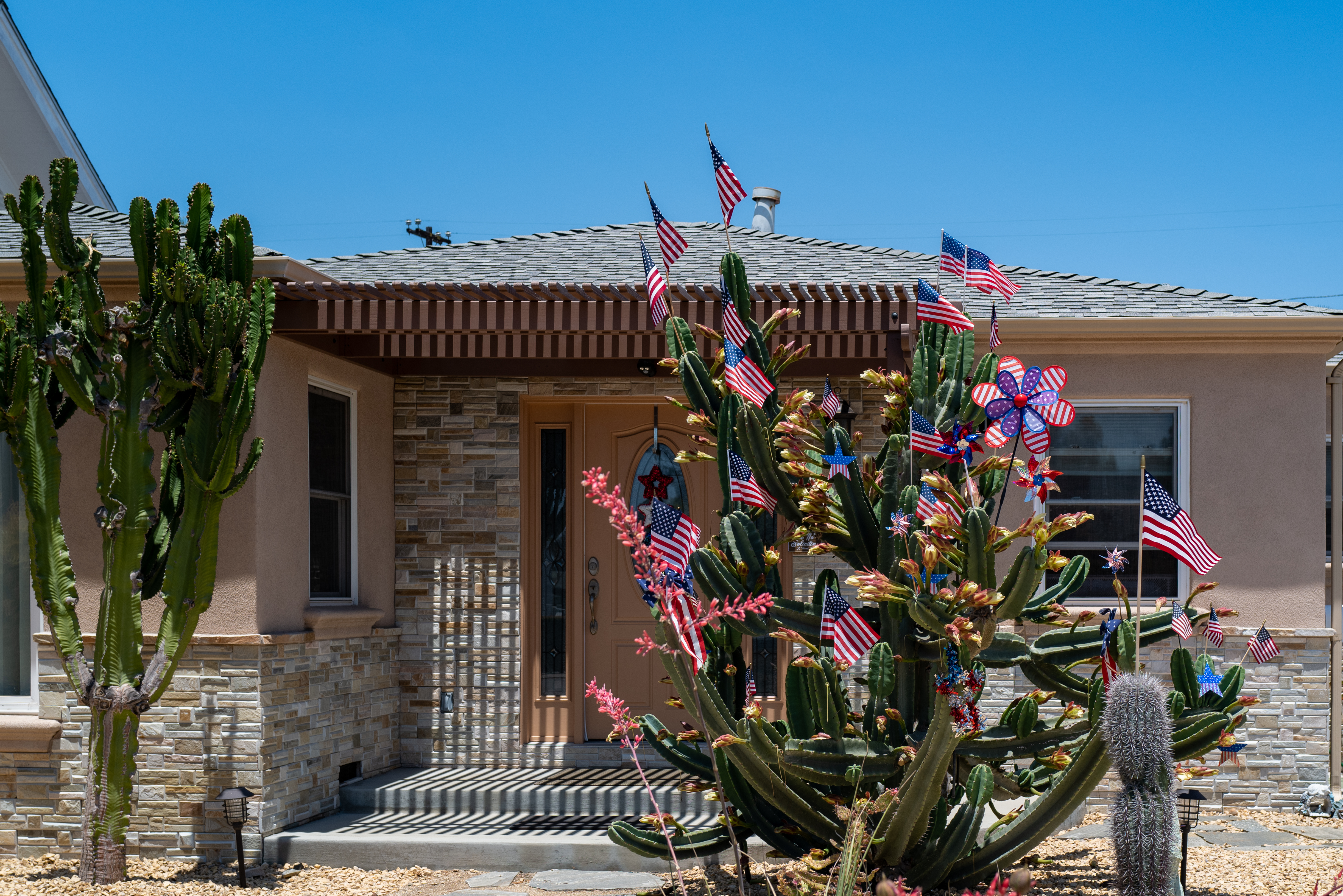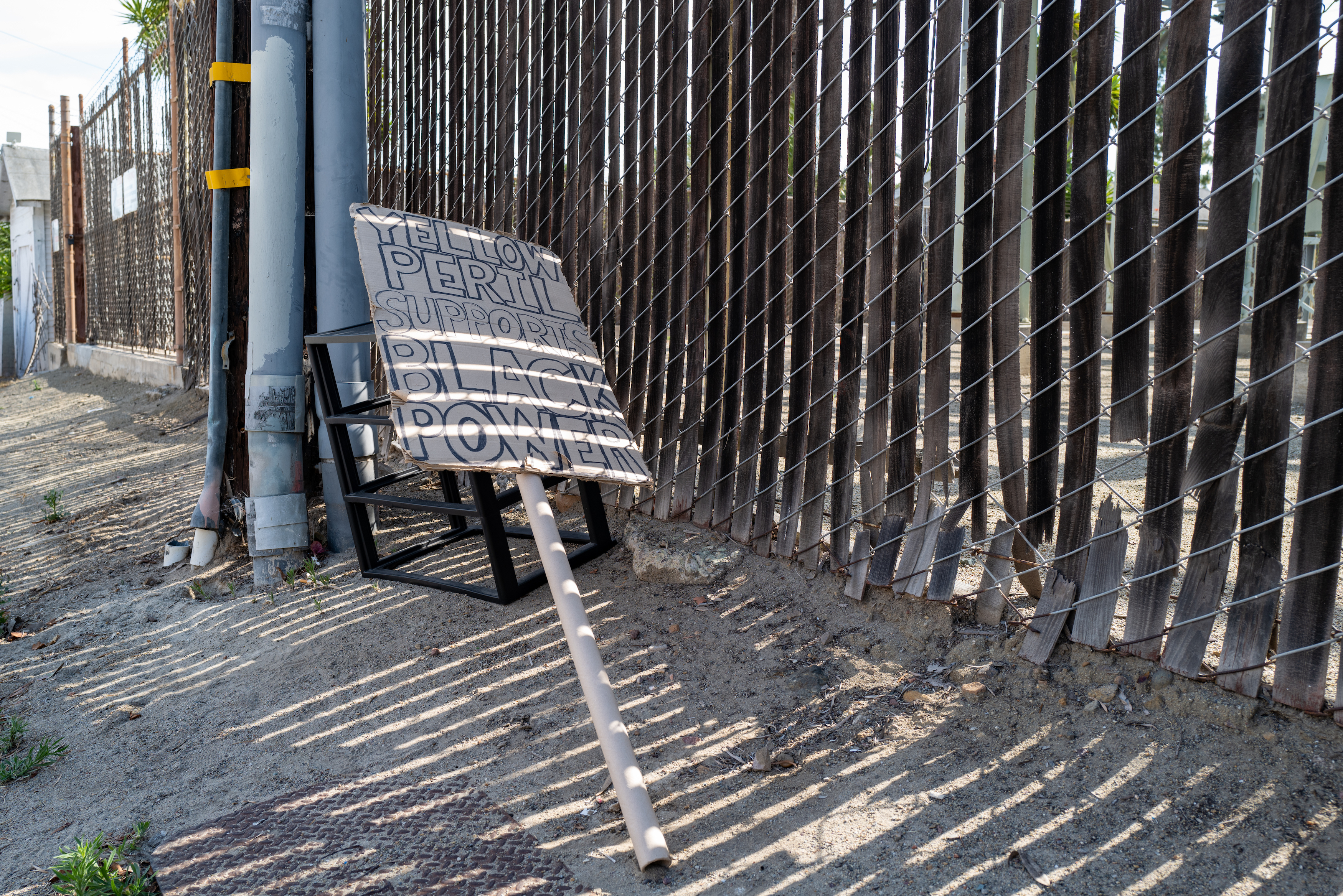Last week, while walking along Panorama Drive, I passed by what seemed like the strangest holiday decoration: An inflatable, rainbow-colored Christmas tree. The next day, there were three. The day after, my wife and I walked over so that she could see. We found four more—not every one erect but all unmistakably identifiable even when deflated. This will be our fifteenth Christmas in this San Diego neighborhood, and I have never seen such signs like these.
As I opined on July 4th, about seeing more Pride flags than the Stars and Stripes, University Heights has undergone dramatic, observable changes since start of the SARS-CoV-2 (severe acute respiratory syndrome Coronavirus 2)/COVID-19 lockdowns in mid-March 2020. New residents, many of them Northern California escapees, are everywhere. Their emigration contributes to soaring rents and skyrocketing home sale prices. The newcomers also bring different values that are commiserate with adjacent Hillcrest, which is known as a gay enclave. But Pride holiday trees, all on the same street?
